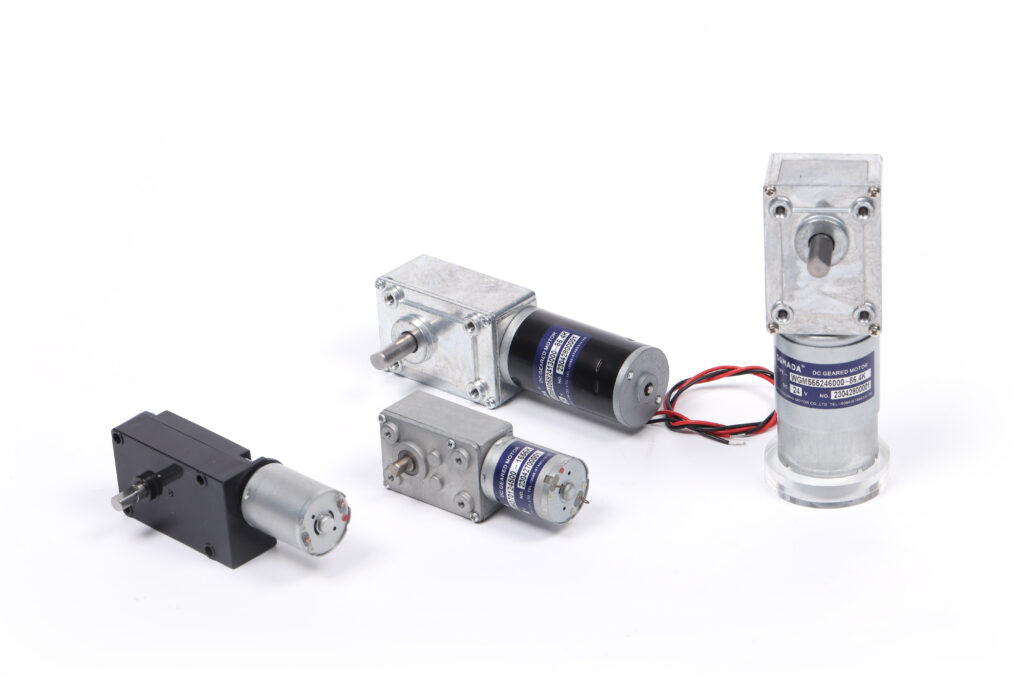1:What is an outrunner brushless Motor?
The outrunner bldc motor is a specially designed permanent magnet synchronous motor. Compare with the dc brushless motor, the rotor of an outrunner brushless motor consists of a housing which is connected with permanent magnets. This is completely opposite to the stator and rotor structure of the inner rotor brushless motor.
2: What is the differences between outrunner brushless motor and inner brushless motor.
Due to different mechanical structures, the outer rotor brushless motor and the inner rotor brushless motor are suitable for different application fields. So how to select the right brushless motors ? Doncen motor provides both high quality brushless inner rotor motors and brushless outer rotor motors, our team has listed the following core differences in order to help customers choose the right brushless motor.
2.1:Physical size difference
Due to the different structural design, the outer diameter of the outrunner brushless motor is larger and the length is shorter than that of the inner brushless motor. In the case of the same weight, the brushless inner rotor motor has a smaller diameter and a longer length.
The differences of the physical size represents the difference in the application field of the motor. The outrunner brushless motor is suitable for the application conditions of smaller space and higher power requirements
2.2: Voltage and speed
Both the DC brushless outer rotor motor and the inner rotor motor can be driven by DC power supply, and the applicable voltage range is from 3V-48V.
However, doncen R&D department has found that the brushless outer rotor motor and the inner rotor motor with the same volume and winding set have a significant difference in speed.
2.3: Torque
There is an important advantage about outrunner brushless motor which is it has larger air gap surface. This means that the electromagnetic field lines of the outrunner brushless motor will have a larger surface area from the rotor to the stator. It will produce more electromechanical force in this way.
At the same time, the rotor of the outrunnver brushless motor is farther away from the stator, and the torque-generating arm is longer.
More electromechanical power and longer torque arms will help the outer rotor motor to provide more torque than the inner rotor motor.
2.4: Power
As we mentioned that the outer diameter of the brushless is larger which means more magnets can be installed. Under the same volume, the power of the outrunner brushless motor can be larger than inner brushless motor.
2.5: Heat dissipation
The brushless outer rotor motor can open a larger area, and opening the hole at the bottom is conducive to better heat dissipation. Compared with the inner rotor brushless motor, the outrunner brushless motor has better heat dissipation performance.
3: How to select right brushless motor? ( Application of outrunner brushless motor)
Brushless motors are the most popular drive solutions in 21st century. As a power source, brushless motors can be used in various fields around the world including robotics, industry, medical equipment, automobiles, etc. So how to choose a suitable brushless motor?
The inner brushless motor relies on reliable performance, standardized design and safety, and is favored by most engineers. The outer rotor brushless motor relies on high power, small size, and fast heat dissipation. It is used in some special use environments. The following applications are the motor selection suggestions provided by DONCEN motors according to different working environment. Note that not in all cases these suggestions is followed. You need to make your own choice considering cost, usage environment, etc.




